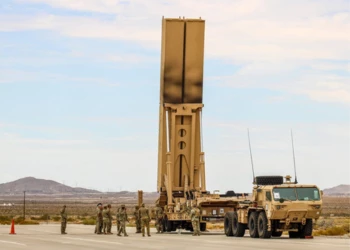DJI Removes Key Flight Restriction Solution in US
Add bookmark
Last month, Chinese company DJI announced it would be turning off its geofencing system within the US, marking a significant shift in drone safety policy for the world’s largest drone manufacturer.
The decision means that drone use in areas previously designated as No-Fly Zones—including airports, military installations, wildfire zones, and critical government buildings like the White House—will now only trigger a warning instead of an automatic flight restriction that halts the drone continuing into an NFZ.
In 2013, DJI voluntarily implemented its geofencing system to prevent its drones from operating in restricted airspace across the US and Europe.
DJI explained the decision as a move toward aligning with global regulatory principles that place final responsibility on the operator rather than the manufacturer. "This GEO update aligns with the principle advanced by aviation regulators around the globe—including the FAA—that the operator is responsible for complying with rules," said Adam Welsh, DJI's global policy head.
In its official statement, DJI suggested that Remote ID technology, which publicly broadcasts the location of drones and their operators, now provides authorities with the necessary tools to enforce existing regulations. The FAA began requiring Remote ID implementation in early 2024, essentially functioning as a "license plate" for drones. However, not all drones are required to comply with Remote ID—particularly sub-250-gram models, like the one involved in a recent drone collision with a Super Scooper firefighting aircraft in Los Angeles amidst a rash of destructive wildfires in the area.
Critics of the decision argue that geofencing played a crucial role in preventing malicious, reckless or uninformed drone pilots from endangering aviation safety or entering restricted airspace. Former DJI head of global policy, Brendan Schulman, took to social media to share his concern.
“This is a remarkable shift in drone safety strategy with a potentially enormous impact, especially among drone pilots who are less aware of airspace restrictions and high-risk areas,” Schulman wrote on X.
DJI added that the decision was not a political reaction to potential tariffs from the new Trump administration and that the company had already removed geofencing in several European countries at the beginning of 2024 and had completed the removal in Europe this January.
This year’s Homeland Security Week will have a strong focus on CUAS, dedicating a whole afternoon of the event to conversations on the topic, including a panel discussion from federal law authority branches on protecting the homeland from UAS threats. To learn more about this year’s summit taking place March 25-26 in Alexandria, Virginia, download the agenda today.



















